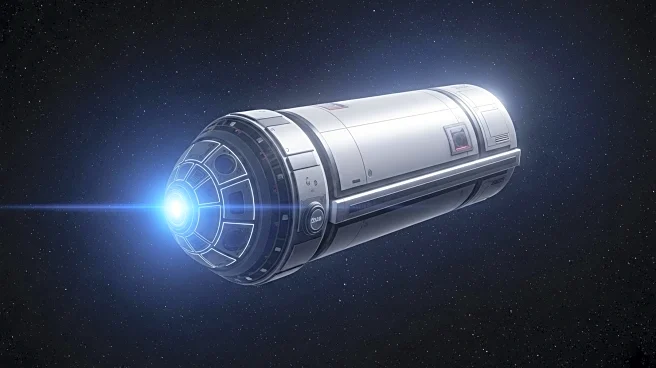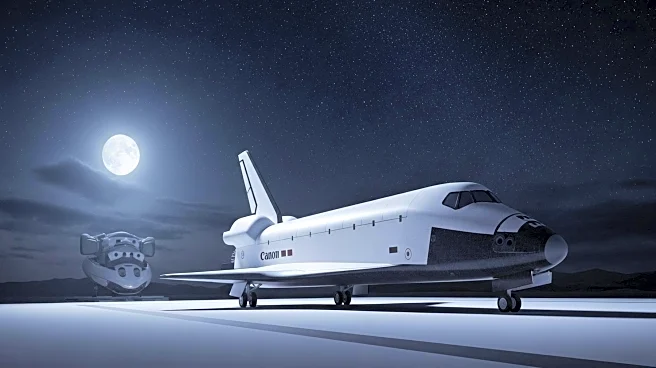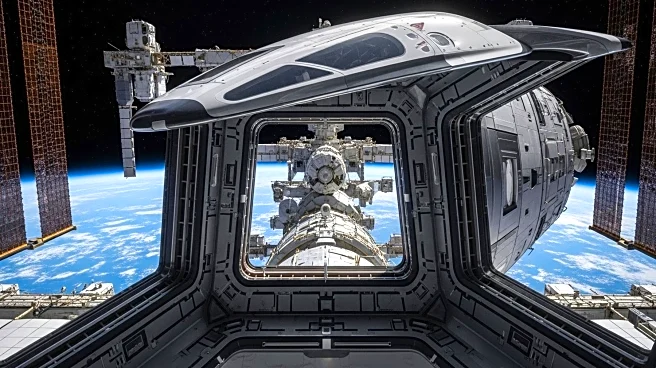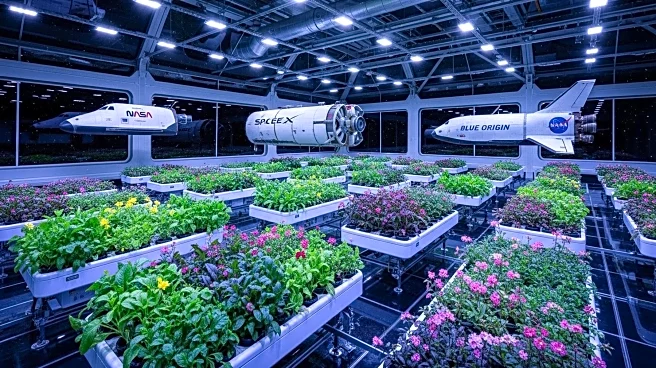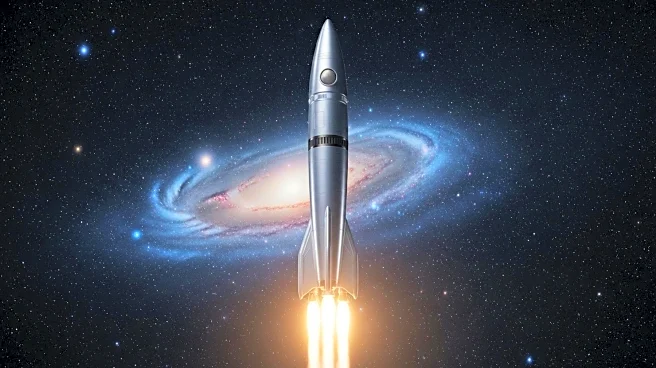What's Happening?
NASA is transitioning from certifying to qualifying commercial space stations as it prepares for the decommissioning of the International Space Station (ISS) by 2030. This shift is part of NASA's strategy to ensure the safety and suitability of commercial space stations for its astronauts. The agency is working with industrial partners through initiatives like the Commercial LEO Destinations (CLD) program and a non-reimbursable Space Act Agreement (SAA) with Axiom Space. These efforts aim to secure orbital facilities for NASA astronauts while fostering the development of U.S.-owned commercial space stations.
Why It's Important?
This transition is crucial for maintaining a continuous U.S. presence in low Earth orbit and supporting the burgeoning commercial space economy. By focusing on qualification rather than certification, NASA aims to streamline processes and reduce costs, encouraging innovation and competition among private space companies. This approach could also prevent potential gaps in U.S. orbital capabilities, which would otherwise give strategic advantages to international competitors like China.
What's Next?
NASA will need to establish clear frameworks for liability, risk-sharing, and requirements harmonization with commercial operators. The agency's role will evolve into a strategic enabler, facilitating partnerships and ensuring safety without imposing burdensome certification processes. This collaborative approach is expected to stimulate the growth of commercial activities in low Earth orbit.
Beyond the Headlines
The shift from certification to qualification could alter market dynamics, potentially affecting perceptions of safety and quality among commercial space stations. It may also influence investor confidence and the willingness of non-government customers to engage with these facilities. Ensuring equitable access and fostering a diverse and resilient orbital economy will be key challenges moving forward.

